
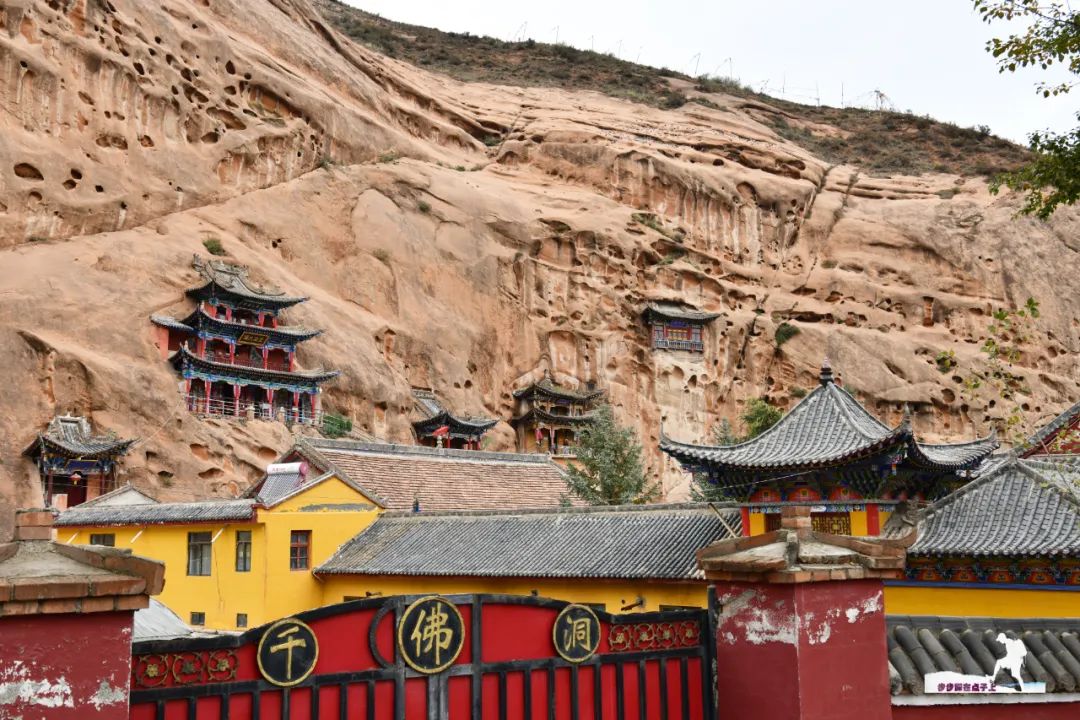
2020-09-27It is my third time to come to Zhangye, Gansu Province. This time I want to focus on appreciating the history and culture of Zhangye.
The Horseshoe Temple and the Great Buddha Temple in Zhangye are both famous in China, especially the Horseshoe Temple. Its suspended architecture gives people a lot of imagination.
Why is it hanging on the cliff, how was it constructed, and which era is it a masterpiece?
Similar buildings in China include the Hanging Temple in Hengshan, Shanxi, and the Hanging Temple in Handan, Hebei. There are also similar buildings in Wudang Mountain in Hubei.
I’ve seen pictures of it many times, but it’s better to see it in person.
If you are not driving by yourself, it is recommended to find a local travel agency.
I made a mistake and thought it was too expensive to charter a car by myself (about 300 yuan a day). There was an advertisement for the Madi Temple tour at Zhangye South Bus Station. The bus leaves three times a day at 7:35, 8:25, and 9:15, and returns at 3:00 pm. , I like to travel and take photos freely and do not want to be restricted by travel agencies. Taking public transportation is safe and cheap and is the best choice.
But that's not it.
I don’t know whether it was canceled or only available on specific days. The Zhangye South Bus Station travel route has been merged into the suburban county shuttle bus. The ticket salesperson said that the shuttle bus only goes to the Horseshoe River, which is still 7 kilometers away from the Horseshoe Temple.
The shuttle bus was constantly loading and unloading passengers along the way and was waiting for passengers. The operating bus had to be full of people, which delayed a lot of time.
I got off the bus at the Matihe River, which was completely empty. A man who was repairing the road helped me find a local farmer's car. He asked for a high price and kept increasing the price. I didn't lack the money, but I felt uncomfortable being ripped off. All in all, the total price of my trip was already much higher than the price quoted by the travel agency.
The Matisi Grottoes Group is a national key cultural relic protection unit promulgated by the State Council in 1996. It is located in Yugu County in Sunan, Gansu Province (the Yugu people are a unique ethnic minority in Zhangye, Gansu). It is a collection of grotto art, Qilian Mountain scenery and Yugu customs. A tourist area, it was built in the Northern Liang period of the 16 Eastern Jin Dynasties (around 400 AD). It is named after the legendary Tianma left a horseshoe print when drinking water here (the horseshoe prints on the rocks in the cave are now in the Horseshoe Hall of Puguang Temple).


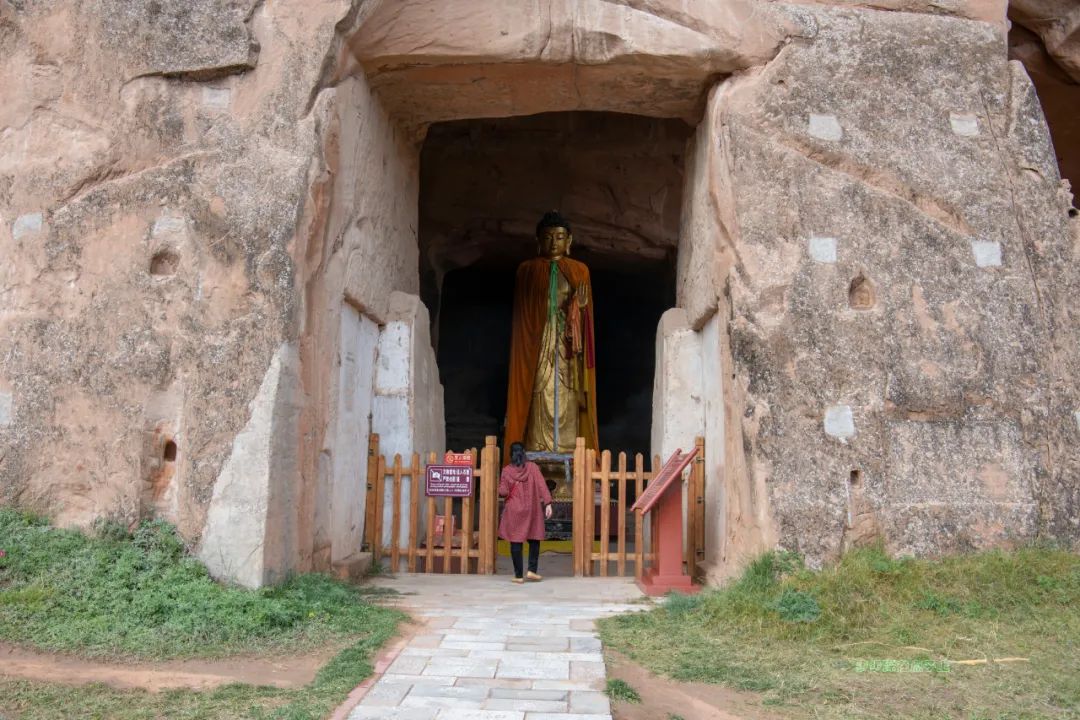

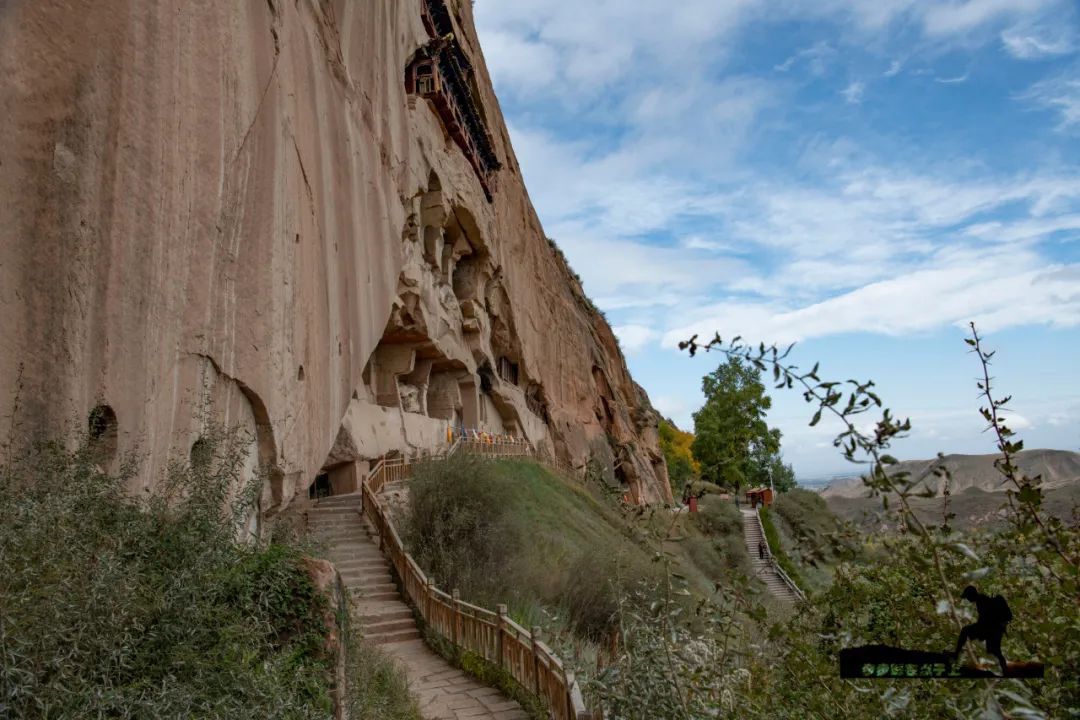





There are six existing ancient grottoes in Zhangye, mainly distributed in the Qilian Mountains. The Matisi Grottoes and Wenshushan Grottoes are the most famous.
The Matisi Grottoes include the North Temple, the South Temple, the Thousand Buddha Cave, the upper, middle and lower Guanyin Cave, and the Jinta Temple, a total of seven parts. It contains more than 70 cave niches from the Northern Liang Dynasty to the Qing Dynasty.
Jinta Temple is located on the red sand rock wall of Nancigou in Lijiagou Village, Dadumaxian Township, Sunan County, Zhangye. It was excavated in the Northern Liang Dynasty. The cave is excavated on a cliff about 60 meters above the ground, and is divided into east and west caves. There are about 227 Buddhas in the cave and nearly 100 square meters of murals.
Jinta Temple is rich in content, subject matter, complex, exquisite in shape, large in number, and well-preserved. It is the grotto with the most research value and cultural relic value among the Matisi Temple Grottoes. It is also a representative work of Buddhist art in the Northern Liang Dynasty in my country.
Jinta Temple is currently not open to the public. There are pictures and text introductions about it in the Zhangye Grand Buddha Temple Museum.

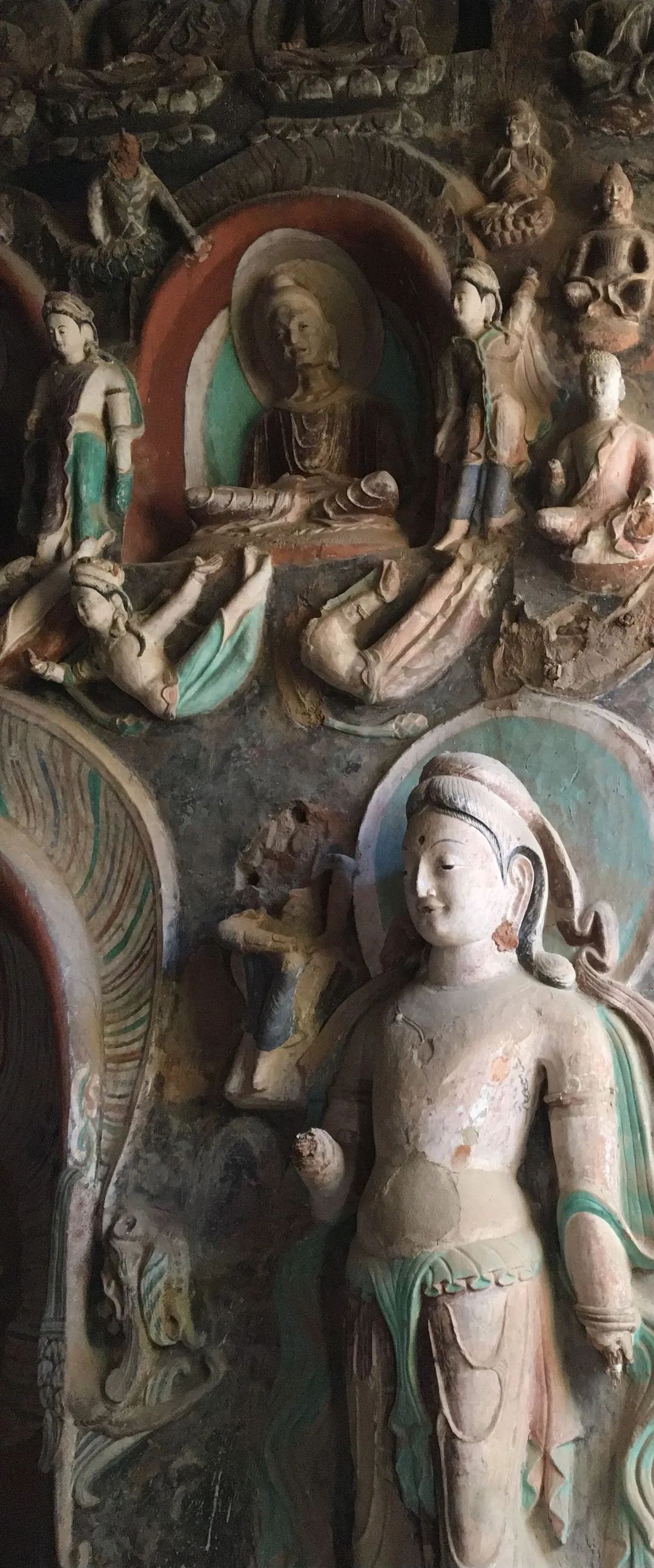
The grottoes of Wenshu Mountain in Qifeng District of Sunan were excavated in Beiliang and are divided into two areas: "front mountain" and "back mountain". There are more than a hundred caves and niches in existence. They were rebuilt many times in the Northern Wei, Tang, Xixia, Ming and Qing dynasties. or expansion; there are more than ten Tongte Grottoes in Minlian Township, Minle County, including three early central pillar caves, among which cave No. 1 has five layers of murals; Sunan Imperial City Shifoya Grottoes has seven caves in total, which were excavated in the Tang Dynasty and Yuan Dynasty; The Jingyue Temple Grottoes in Sunan Dahe District and the Shangtianle Grottoes in Minle County were both excavated in the Qing Dynasty. The former mainly contains esoteric murals, while the latter preserves murals that combine Taoism, Buddhism and Confucianism.
General tourism only reaches Madi North Temple (excavated in the Yuan Dynasty) and Thousand Buddhas Cave. Thousand Buddhas Cave is only about 100 meters away from the gate of the scenic spot, while Madi North Temple requires about 3-4 kilometers of walking (you can drive by yourself).
I traveled to Gansu a few years ago and missed the scenic spot of Horseshoe Temple. I always thought about it. On 2020-09-28, I explored it alone, which finally fulfilled my wish. Except for the Bodhisattva in the grotto, most of the buildings we see now are newly renovated buildings. It seems that we have entered a new era and no history can be seen.
There is a historical picture of the Horseshoe Temple from the 1930s to the 1950s in the Buddhist hall of the North Horseshoe Temple Station. At that time, the Horseshoe Temple was in dilapidated condition. In recent decades, our country has done a lot of work in protecting cultural relics, and it has also added tourist attractions. Indispensable contribution.

Only by "repairing the old as before" can we give tourists the impression of a historic site. The dazzling renovation makes people feel that the historical relics are like the pavilions and pavilions of the park. This is especially obvious at the Thousand Buddha Cave scenic spot. A solar panel is installed on the roof of the bright red building. The water heater is unavoidable for people to take pictures of.
Zhangye Grand Buddha Temple (Xixia-Qing Dynasty) is a national key cultural relic protection unit promulgated by the State Council in 1996, and is also the Zhangye History Museum. The most precious cultural relic of the Great Buddha Temple is the Nirvana Reclining Buddha statue of Sakyamuni. It is 34.5 meters long and 7.5 meters wide. It is the largest indoor wooden clay sculpture reclining Buddha statue in Asia. It is an art that integrates architecture, statues, sculptures, paintings and cultural relics. palace.




Photography is not allowed inside the Grand Buddha Temple. The photo I took is a small-scale model in the showroom.

The Great Buddha Temple was built in the first year of Yongkang in the Western Jin Dynasty (AD 300). It was originally called Kassapa Tathagata Temple. In the first year of Yong'an in the Western Xia Dynasty (AD 1098), Chongzong ordered the construction of the Reclining Buddha Temple. Later, Yongle in the Ming Dynasty rebuilt it and granted it to Kublai Khan and Song Dynasty. The Young Emperor, Emperor Shun of the Yuan Dynasty, Chengzu of the Ming Dynasty, Xuanzong of the Ming Dynasty, Yingzong of the Ming Dynasty, Kangxi of the Qing Dynasty, etc. all gave it again.
The earliest scale of the temple was five times its current size. With the changes of dynasties in history and the different religious beliefs prevalent in each dynasty, only the existing part remains.

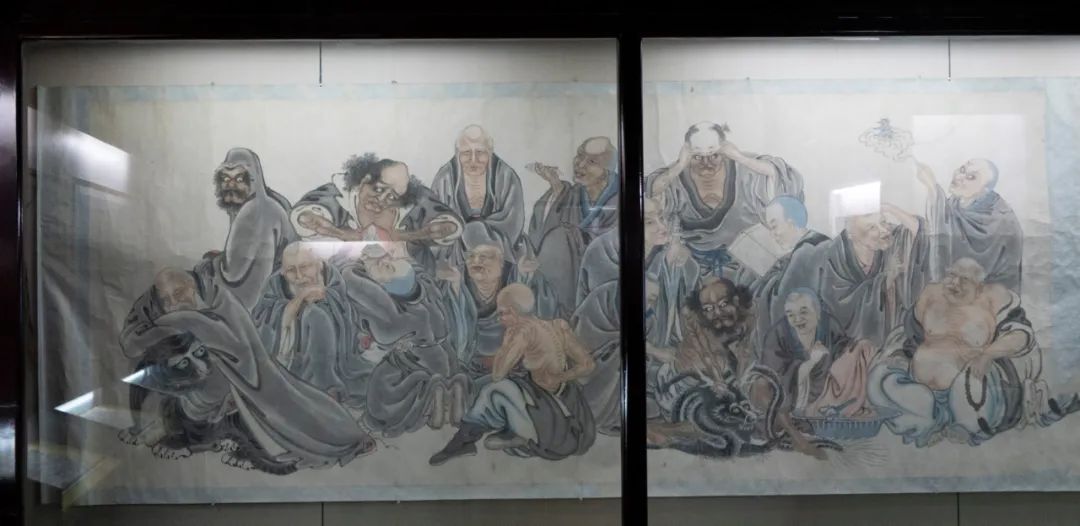
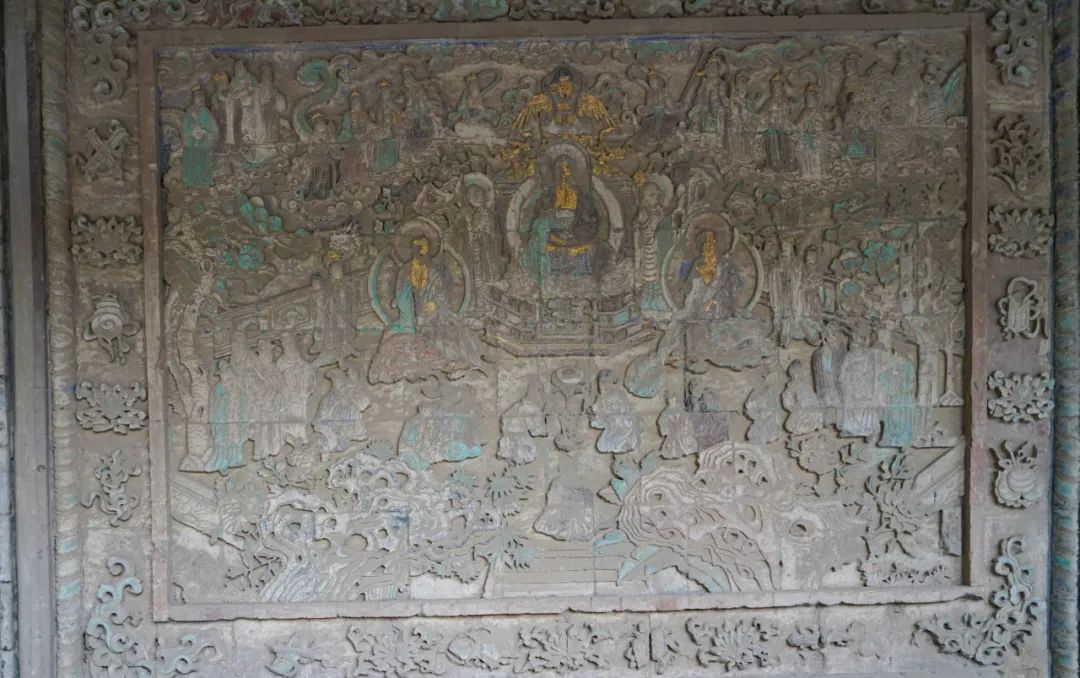
The Shanxi Guild Hall in the Great Buddha Temple is also a national key cultural relic protection unit (2006). It was built in the second year of Yongzheng in the Qing Dynasty (1724) and is the most complete set of Qing Dynasty ancient buildings in Zhangye.




Walking around the central bell tower of Zhangye Ancient City, people feel that they are in the historical city of Zhangye. Zhangye is a famous tourist city in China, but compared to its origins in the Western Jin Dynasty, Zhangye's level of civilization in history was much higher than its current status in the country. At that time, our hometown was still a southern barbarian and belonged to an undeveloped era.
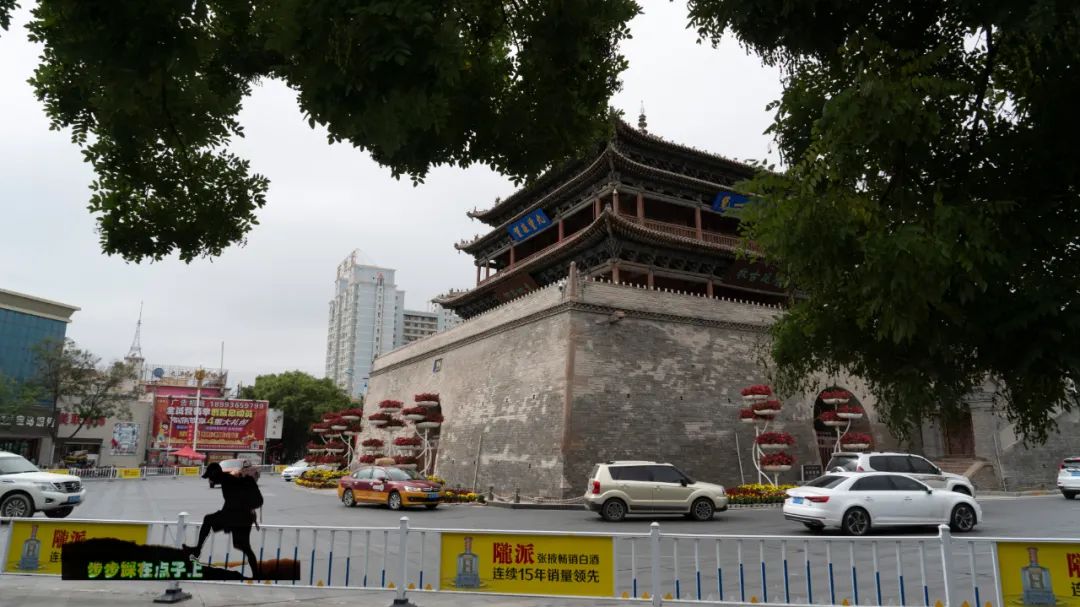
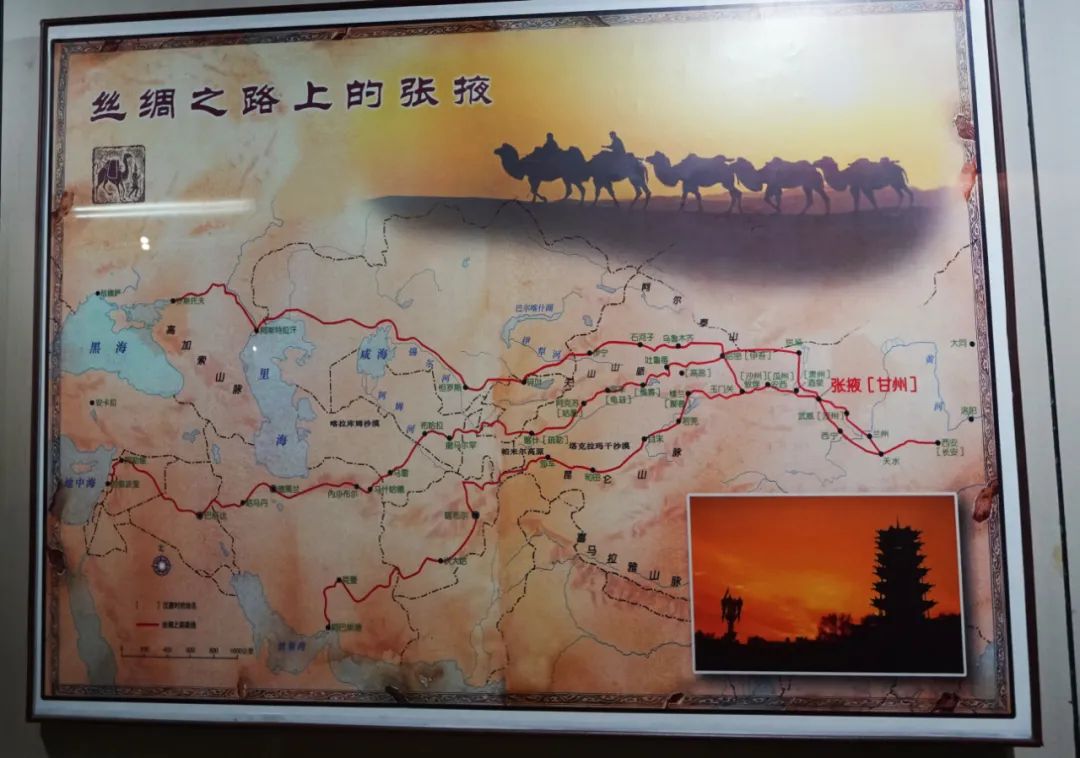
Zhangye was also the only route along the ancient Silk Road and the Holy Land of the Red Revolution. In order to open up the international route to the Soviet Union, the Workers' and Peasants' Red Army arrived in northern Shaanxi in October 1936. In order to open up the international route to the Soviet Union, the "Western Route Army" composed of more than 20,000 soldiers of the Fourth Front Army Marching westward, they fought to the death with the Kuomintang Ma Bufang and Ma Buxing Hui troops in Linze, Shandan, Yongchang, Gaotai, and Shiwo in Zhangye, but were ultimately defeated and wrote a heroic epic. In the end, only more than 4,000 people escaped back to Yan'an. After liberation, after many searches, more than 4,000 people were still alive, and all the others died heroically.


Now there is the Chinese Workers' and Peasants' Red Army West Route Army Memorial Hall in Zhangye, but the larger one is in Xining, Qinghai Province.
I made a special trip to the Chinese Workers’ and Peasants’ Red Army West Route Army Memorial Hall near the Xining Martyrs Cemetery.



The memorial hall displays a large number of detailed pictures and texts, many of which are telegram files between the Central Committee and the West Route Army. Some of the messages were that the central government in Yan'an was unable to respond to reinforcements from the West Route Army, and Mao Zhou even turned to Chiang Kai-shek for help.
Photography is not allowed in the exhibition hall. How can you read and remember so much information?
The information displayed is very different from our previous impressions.
The more than 20,000 soldiers of the Western Route Army dedicated their lives to the great ideal of communism, but they were not treated fairly for a long period of history.
The Western Route Army will always be a mystery.
I think there must be many touching stories here.
Stories are the market driving force that drives the development of a tourist city.
After accepting the lesson of making my own way in the world, I joined local tour groups for the rest of my trip in Zhangye and no longer bothered myself.
I signed up for a group tour of Zhangye Jinyuan Electric Power International Travel Association. Our tour guide and driver was Mr. Ren (WeChat ID: Xiang Youxinsheng).
Standard, enthusiastic, and thoughtful are the impressions I have on me. Driver Ren is skilled in driving, and the means of transportation are comfortable and hygienic. He introduced the tourism information to us seriously. My first impression is that he is well-trained, which is obviously his corporate culture. of support.
Sure enough, Mr. Ren said that his company manager Duan Yuying had been awarded the National Model Worker in the Tourism Industry.
I am in awe of being in an ordinary position and doing extraordinary things.
The tourism industry is a typical service industry. It faces various groups of people. It is not easy to satisfy consumers. The tourism industry is the first element that promotes internal circulation and is the driving force for economic development. It requires industry leader.
